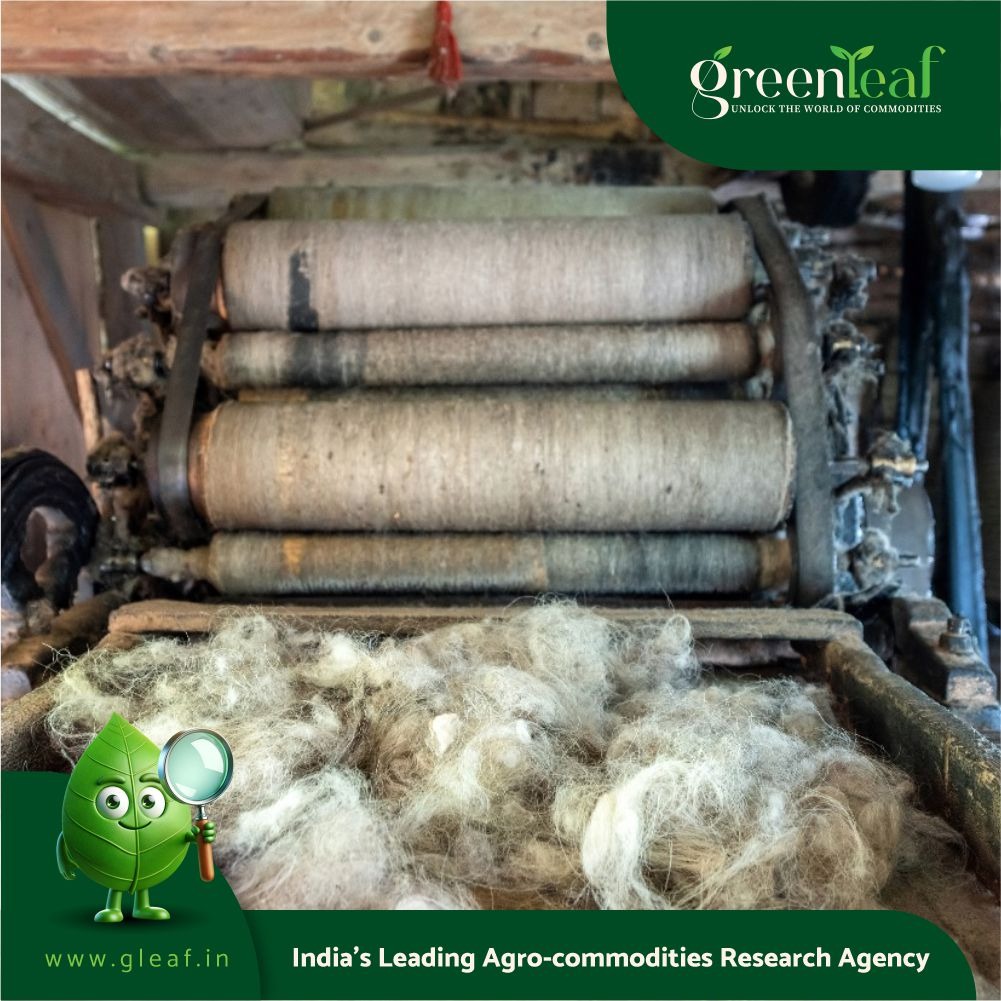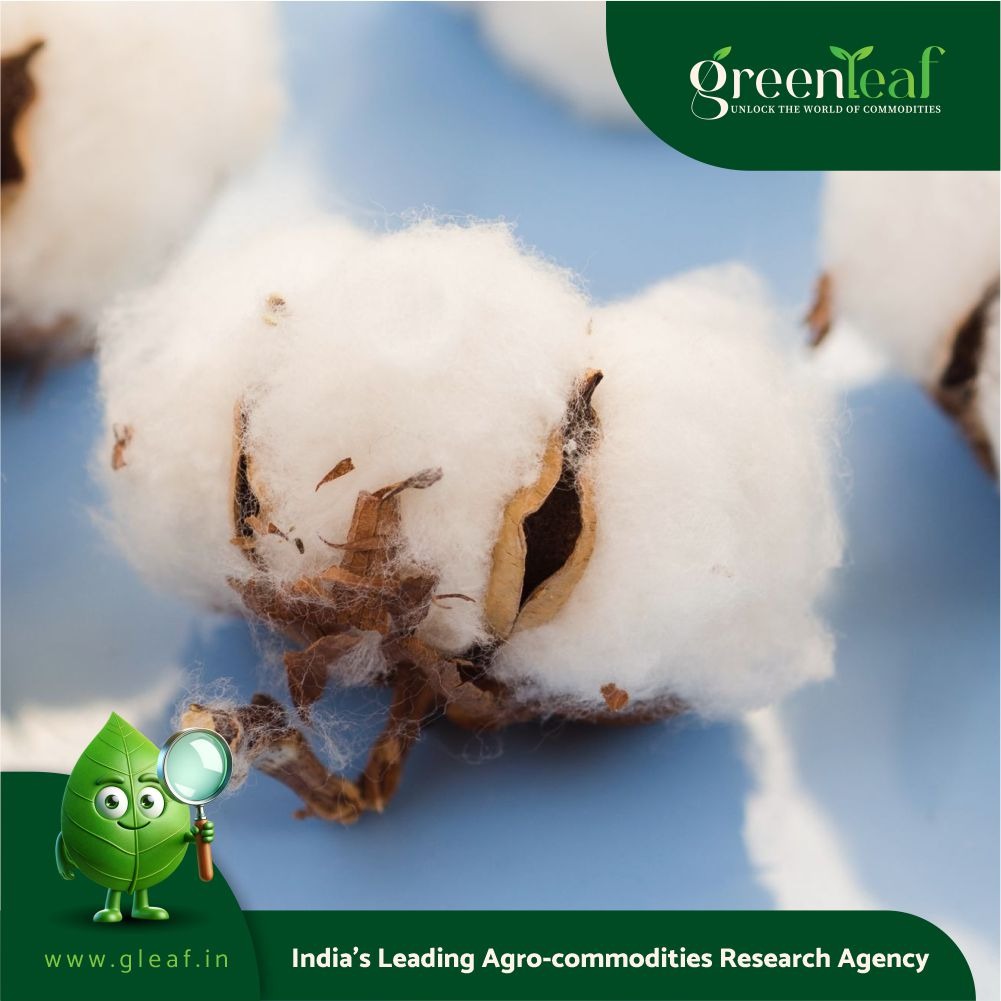COIMBATORE: With the increase in the price of waste cotton, most of the open-end (OE) mill operators have stopped its procurement from spinning mills since the second week of November.
Mill operators, who convert raw fibres into yarn, say recycling of waste cotton is no longer financially viable as spinning mills are increasing price unreasonably.
Waste cotton is leftover fibre and scraps from the textile industry. It can be recycled to produce new yarn, insulation, cleaning rags etc.
Though cotton price in the country has gone down to Rs 6,000 per candy after the suspension of import duty for cotton till December, the spinning mills have increased the price for waste cotton by Rs 4-Rs 8 per kg in the last two months, operators stated.
A candy is approximately 356 kilograms.
J Balaji, who runs OE mill at Periyanaickenpalayam in Coimbatore said, "We are procuring waste cotton from spinning mills and produce yarn of two-count to 30-count yarn. After that we supply the yarn to handlooms and powerlooms. Though the cotton price has been reduced after the government's intervention, spinning mills have increased the price of waste cotton such as comber noil cotton from Rs 100 to Rs 108 per kg and FS cotton from Rs 85 to Rs 92 in a short period. We are struggling to match the production cost of existing orders due to the hike of waste cotton price. Like me, several OE mill operators have stopped purchasing waste cotton from spinning mills from November 10."
(Yarn count is a numerical system that measures the fineness or coarseness of a yarn by correlating its length and weight. Comber noil cotton is a byproduct of the ring spun yarn spinning process. It is produced when cotton is combed in a comber machine.)
Balaji also said he has reduced his unit's operation to 2-3 days in a week. "I have the raw material to run the mill for less than 10 days. Similarly, most of the OE mills have cut down their operation since the second week of November," he added.
M Jayabal, president of the Recycle Textile Federation, said, "As new cotton began arriving in the market, the price dropped by Rs 4,000 to Rs 6,000 per candy, leading spinning mills across the country to reduce their yarn prices by Rs 8 to Rs 10 per kilogram since October. However, over the past two months, the price of waste cotton has been raised irrationally. The OE mills cannot raise their yarn prices to match the increased cost of waste cotton."
"For the past four months, the production of 30-count weaving yarns has decreased due to a lack of sufficient orders, leading to a build-up of OE yarns and textile goods. There is a fear among spinning mills that if they reduce the price of the 20-count yarn used for 'kada' (sheeting) fabrics, the prices of the already-sold, currently stocked, and power-loom-held kada will all crash. This fear is amplified because north Indian kada traders have been slow to return payments after Deepavali and are hesitant to make fresh purchases," he added.
"In this situation, we have decided to buy waste cotton at last month's prices. If the prices do not decrease, the mills will operate only on their current stock of waste cotton to avoid losses," he said.
In Tamil Nadu, out of 8.5 lakh rotor capacity in OE mills, 3.5 lakh rotors produce grey yarns. The remaining 5 lakh rotors manufacture various types of yarn ranging from 2 to 40 counts, including bleached, coloured, melange, cotton-polyester, viscose-cotton, and viscose-polyester, in over 45 colours. Specifically, these mills supply grey yarns of 10/20/25/30 counts to power looms in the districts of Tiruppur, Coimbatore, Erode, Salem, Karur, Madurai, and Virudhunagar.















